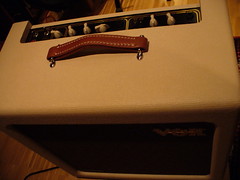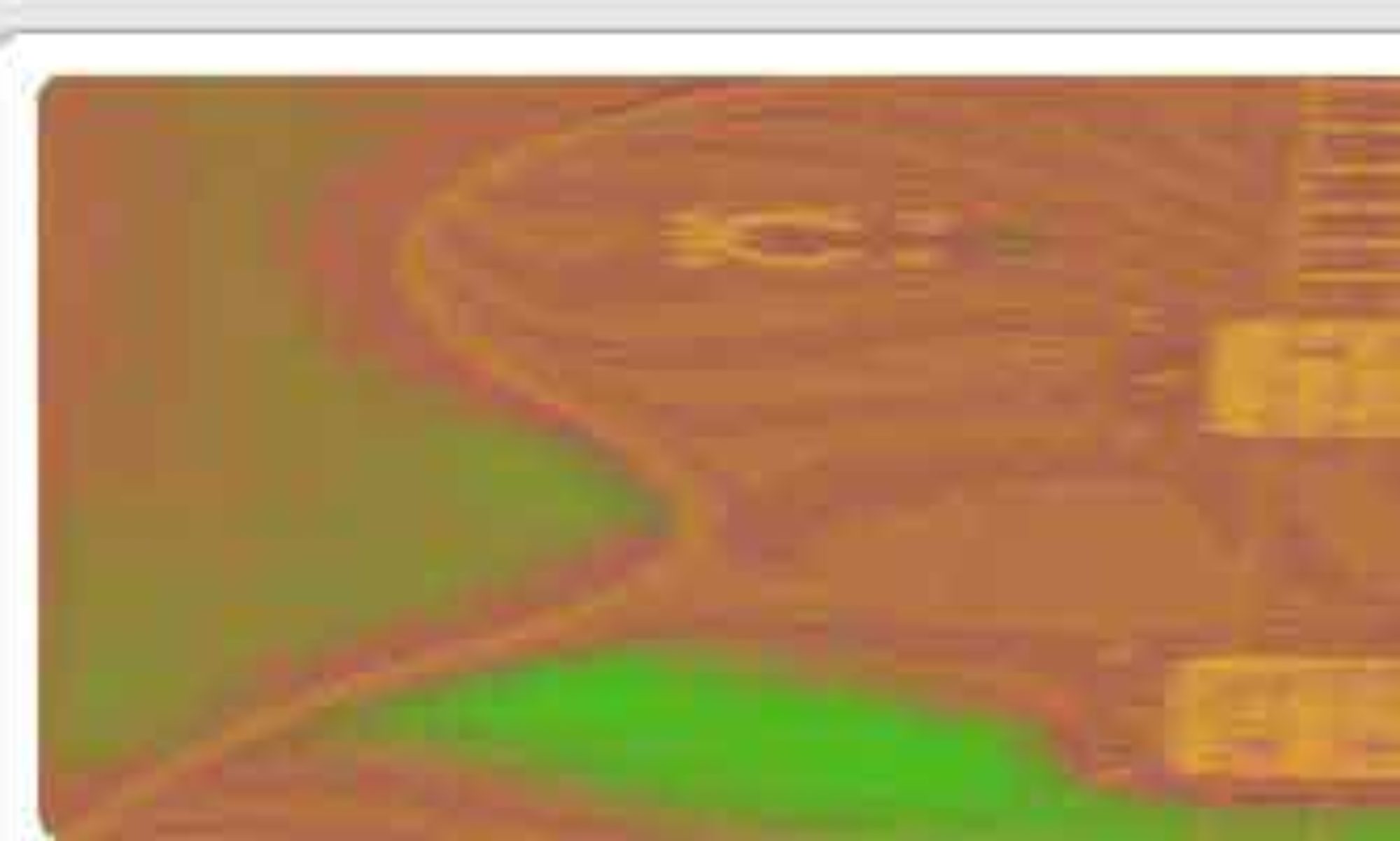I’m not exactly an expert on this issue, but over the last few years I’ve gained some experience how to achieve an individual sound by replacing some parts of the instrument and by purchasing a matching amplifier. And I would like to share the essence of it.
To me, the physically old equipment is strongly overrated – whereas there is real magic to some of the specifications of, say 50s or 60s instruments and amplifiers; concerning wood quality, pickups, electronics, capacitors, and so on. Nowadays we enjoy the benefits of being able to buy amplifiers or guitars as an reissue of the original legend, as well as the real old equipment, which is normally exclusively called “vintage”. There is not much sense in discussing the value of vintage equipment, though, without at first knowing your aim, your desired sound.
So, the first question to be answered is whether or not your sound requires vintage equipment – or this search may be merely part of a temporal hype. For me, the answer has been clearly “yes”. (Since psychedelic sounds are old sounds, they may be considered as part of the vintage topic. I will write about this soon.) In addition, I could build upon a family tradition, if you will, as my father was passionate about tube amps. Except he didn’t use them as guitar amps, but for HiFi. Some of the parts he left I could use very well, however.
I concentrated on indulging in “the tube sound”, since before that I had only a faint idea of what this was exactly like, and how it effected your guitar signal. My first step, about three years ago, was to buy a Vox ToneLab, a multieffect device that allows for trying a bunch of different tube amp sounds. I used very little of its potential, for my primary interest was not effects, but a possibly realistic simulation of different classics by Marshall, Fender and Vox. It showed that the ToneLab was a good basis for further research. For months I even believed it couldn’t be topped by a real tube amp – mistake! I will try to describe what the uniqueness of tube sound is all about in a second installment…
 Vox ToneLab SE
Vox ToneLab SE
Another primary experience has been exchanging the guitar’s capacitors, which are virtually always small ceramic caps, giving a rather harsh sound with the tone control at maximum, and suddenly giving way to a rather dull and low signal when the tone control is turned down. In most cases, they should be replaced by foil caps.
The overall tone of the respective guitar was significantly altered by different capacitors, even of the same electrical value, but of different brands and sizes; and even when the tone control was turned to maximum. So modifications of the guitar’s electronics turned out to be a major tool to achieve a warmer, more vintage-like guitar sound. For the first time I saw the use of the tone pot at all, as I could play around with a diversity of colors or sound shapes, all of them sounding good!
Step by step I had thus turned my Epiphone Les Paul Custom into an instrument that bears comparison with an original Gibson (replacement of the pickups and many other parts included). I ended up with the conviction that there are many ways to achieve a so-called vintage guitar sound, and no real old equipment is required. At least for my personal needs. I can very well imagine somebody needing exactly what only a certain old guitar or amp can provide. But let’s abandon the hype! For a majority of players it would be sufficient to “tune” their instruments like described above.
 Epiphone Les Paul Custom with Häussel pickups, and new hardware all over
Epiphone Les Paul Custom with Häussel pickups, and new hardware all over
Since I aim at something analogous to classical vintage sounds, not the exact same, I may have had it easier in this respect. In addition I found an effect chain including a tube tremolo and a tube reverb very useful. These two were nearly the only effects available to guitar players up to 1967 (when the wah wah was invented), and with them you come closer to sounding Early or Mid Sixties, for example. Some amps (e.g. the Fender Blackface series) are already provided with tremolo and reverb, but using stand alone devices gives you more versatility. The same goes for external speaker cabinets. It’s fun to experiment by combining different speakers with your amp. Clearly, requirements vary depending on whether you play on stage or just at home…
 Tube Trem by GP Lightstone
Tube Trem by GP Lightstone
Tube amps are too big a subject to write about in a few sentences. But it’s a good idea to orientate yourself, which of the trilogy of Fender, Vox, or Marshall suits your desired sound best. Further investigation after this question of principle could concern a specific model, like a Champ, Princeton, or Deluxe by Fender, a Plexi, or JTM 45 by Marshall, or the AC 15 and AC 30 by Vox. To get some idea how they sound like, playing around with realistic modeling technology is optimum preparation – but in the long run I found real amplifiers much more dynamic. Beware of their power, though! To achieve a distorted sound they have to be turned up to incredibly high volumes (at least for your living room), and many originals as well as reissues don’t have master volume. If you are playing at home, a maximum of about 20 Watts is more than sufficient (maybe even five Watts are enough).
 Vox AC 15 Heritage Reissue
Vox AC 15 Heritage Reissue
So, the next tool to investigate was the treble booster, used by many guitarists of the 60s and early 70s to boost the signal. The name is misleading, as it’s primary function is to make distortion easier, not to add shrillness. I found it melts into the amps own sound perfectly. Depending on the degree of distortion needed, also a Tube Screamer or other overdrive unit can be used. My most versatile booster is called “Fuzz Booster”, and provides clean boosted sounds as well as a completely unobtrusive fuzz, making it easy to blend one into the other.
This a long story cut short, but that’s what has made me really happy: a combination of somehow tuned (new) guitars with (new) tube amps, tremolo and tube reverb, at times with a treble booster right before the amp’s input – and that’s it!
– For the second installment click here!










 Vox ToneLab SE
Vox ToneLab SE  Epiphone Les Paul Custom with
Epiphone Les Paul Custom with  Tube Trem by
Tube Trem by  Vox AC 15 Heritage Reissue
Vox AC 15 Heritage Reissue